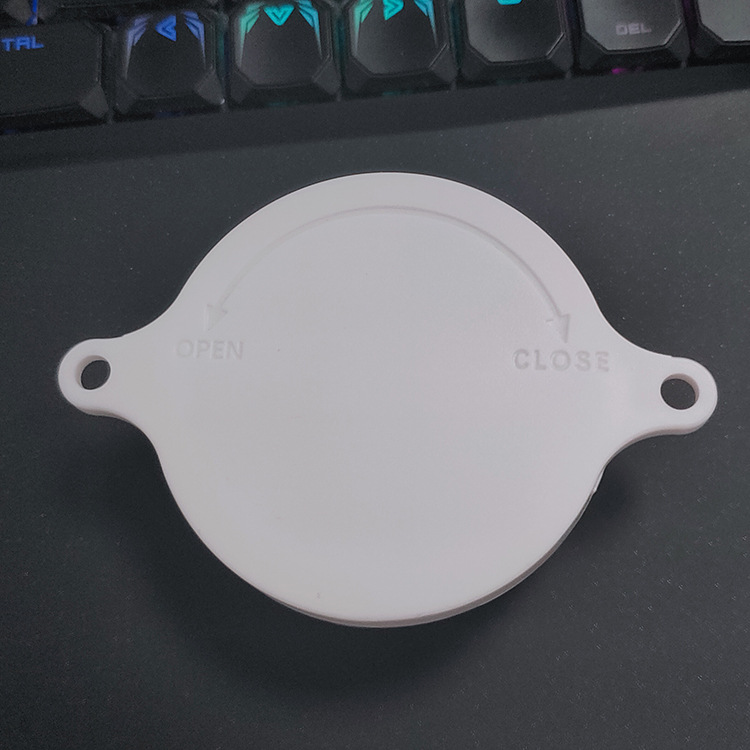
Bluetooth beacons have seen steadily growing adoption since their introduction in 2013. Let’s explore 3 key trends shaping the future of beacon tech in the years ahead.
- Integration With 5G and WiFi
As 5G networks roll out, beacons will increasingly integrate with cellular infrastructure. For instance, they may use 5G connectivity for over-the-air updates and management versus needing manual on-site maintenance.
Combining with WiFi will also allow beacons to pair the accuracy of Bluetooth proximity with WiFi’s wider range for signals. This enables a hybrid positioning system using both technologies.
- Intelligence and Analytics
Beacons will get smarter, analyzing real-time data like foot traffic patterns to dynamically adapt and improve experiences. AI integration will help process insights and personalize content delivery.
Analytics dashboards will also provide businesses with rich data on customer behavior via beacons to optimize operations and marketing. Data collection will need to be responsible and transparent.
- Longer Range and Battery Life
While most current beacons have ~50 meter range, new long-range beacon tech will push past that limit for applications across larger areas. Lower power Bluetooth protocols will also extend battery life.
Solar-powered beacons will simultaneously address improving battery capacity and environmental sustainability. These power sources eliminate waste from replacements.
The Road Ahead
As costs decrease, capabilities increase, and innovative uses expand, beacons are poised to become a standard component of interactive spaces.
Seamless integration with WiFi, cellular and AI will enable beacons to deliver more value. Responsible data practices will be critical as beacons gain intelligence.
The future looks bright for Bluetooth beacon technology as it evolves to meet new opportunities on the horizon.


